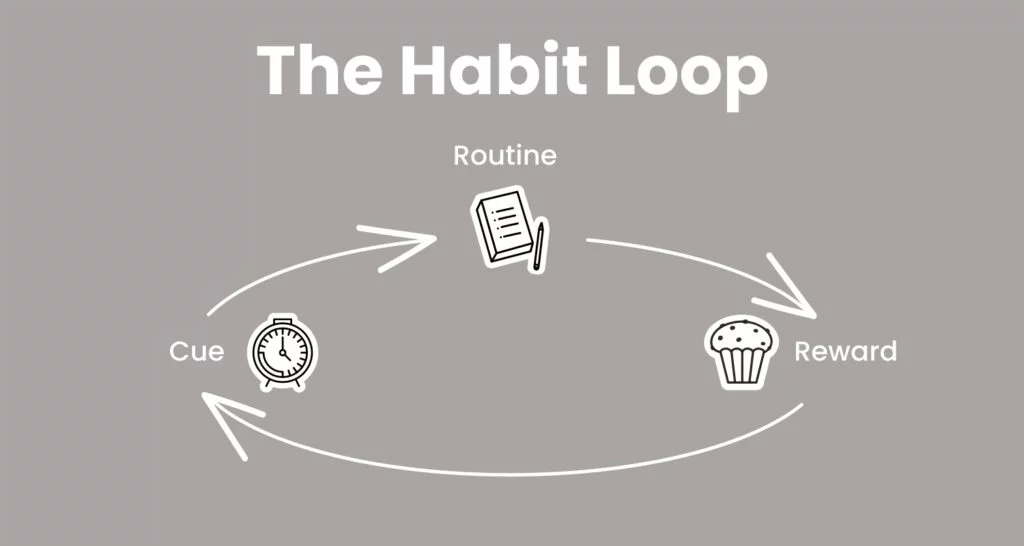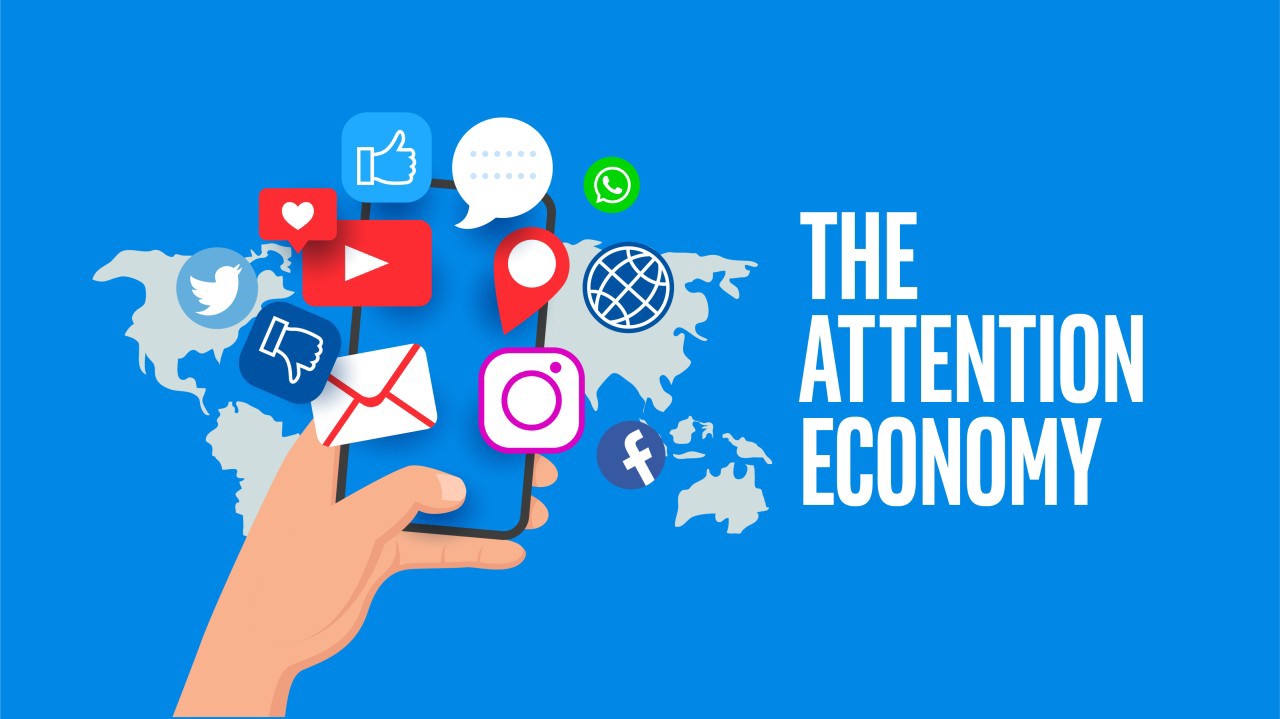By Katerina Dimarogkona,
It is natural to think that big tech companies, like Facebook and Google, spend most of their money on innovation to bring us the techno-utopia of the future. But that thought would be wrong. Because the concern of big tech moguls is not primarily to create a better product for more money. What they are desperately spending billions of dollars to get is that most valuable of things — your attention.
In the 1980s, when the Internet was just starting, psychologist and economist Herbert A. Simon made a prediction. That the currency in the economy of the future would be attending, and not money creating the so-called attention economy. You see, in economics what is rare is also valuable. And in a sea of media and information, it is impossible for a person to consume most of the content available. The average person is online only 6 hours out of every day. This means that companies only have those hours available to show advertising and the messages that they want to show.
How can they make sure that users get into the habit of using the product? They manufacture it. What tech engineers call “technology of habit formation” is a mix of cutting-edge consumer psychology, neuroscience, and other behavioral sciences that make sure the product is as addictive as possible. We are essentially talking about the science of mind manipulation, the art of creating compulsions. Not to get too into the details, a standard model they use is called the Hook model, which creates a prompt for the user to engage with the platform, for example, a notification sound from the phone, followed by an action, say scrolling through your feed. Then comes a variable reward, which means an unpredictable surprise.

That variable reward is much critiqued by people concerned with ethics because it is supposedly what makes these things addictive. It is addictive in the same way a slot machine is addictive; because the brain creates dopamine in anticipation of something pleasurable in conditions of uncertainty. If this comparison seems extreme, think of how primitive the technology used in a slot machine is compared to the highly sophisticated algorithm used to predict what you will like to see best, or more accurately, what will keep you on the platform the longest.
It is all about marketing. If you watch the show Mad Men (2007-2015), you are familiar with the tactics the advertising industry used in the ’60s. However, those tactics belong in the distant past. Today, advertising takes place on the Internet. With TV, the amount of media that existed was limited, whereas now, there is an ocean of entertainment, and it is not the best who is the most successful, but the one who has first access to your mind. This competition to get your attention puts immense pressure on competing media sources.
For many products, creating habits is necessary for survival. In the modern attention economy, the product that is being sold costs virtually nothing to reproduce. A social media platform, a movie, or a mobile phone game has virtually no cost to recreate once it exists. Money is instead being invested in making sure that the product is habit forming. There are infinite distractions, and to make sure you have millions of users is not enough. There has to be frequent, lengthy use for the product to have economic value. It has to stay relevant in the midst of all the competition.

But how far are these companies willing to go to make sure we are hooked on their products? Very. We are all familiar with the founder of Facebook Mark Zuckerberg going to trial for violating users’ privacy these past few years. What was also revealed in a Wallstreet Journal investigation called the Facebook Files, was internal leaked documents that included techniques to hook children under 12 to use the platform during playdates, ignored evidence that Instagram is toxic for teenage girls, and a research project that showed that modifications made to the Facebook algorithm in 2018 made users interact more with the platform because they were shown upsetting content that made them angrier. The documents also showed that Mark Zuckerberg decided to ignore this because a less upsetting platform would lead to less engagement with Facebook.
Perhaps the most disturbing thing is that these big tech companies keep secret how the magical algorithm that suggests content to users actually works, which makes it really hard to find out how dangerous they are exactly and how to make them healthier for users. But also, promises that they are trying to protect our mental health are probably empty and superficial. Because, if the attention economy literature makes anything clear, it is that in the chaotic environment of the internet, only those companies that manufacture addicted users can survive. Addiction is not an accidental byproduct of how the media landscape today works, but the main concern of the engineers who create it.
References
- The Facebook Files, wsj.com, Available here
- Constant craving: how digital media turned us all into dopamine addicts, theguardian.com, Available here
- Capitalism is turning us into addicts, vox.com, Available here
- Nir Eyal, Hooked: How to Build Habit-Forming Products, Portfolio; Illustrated edition, 2014




